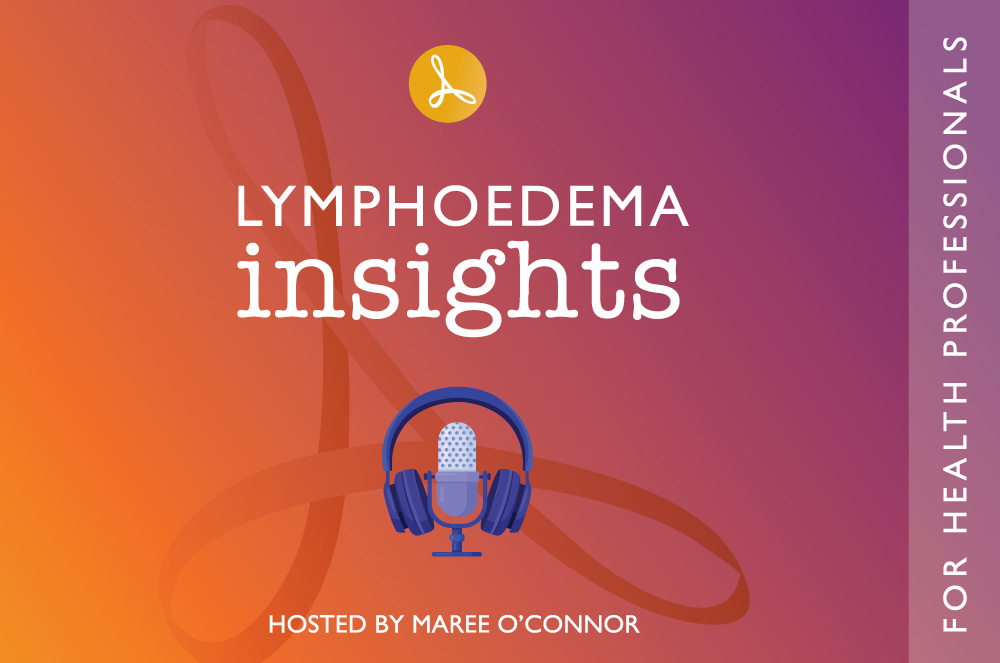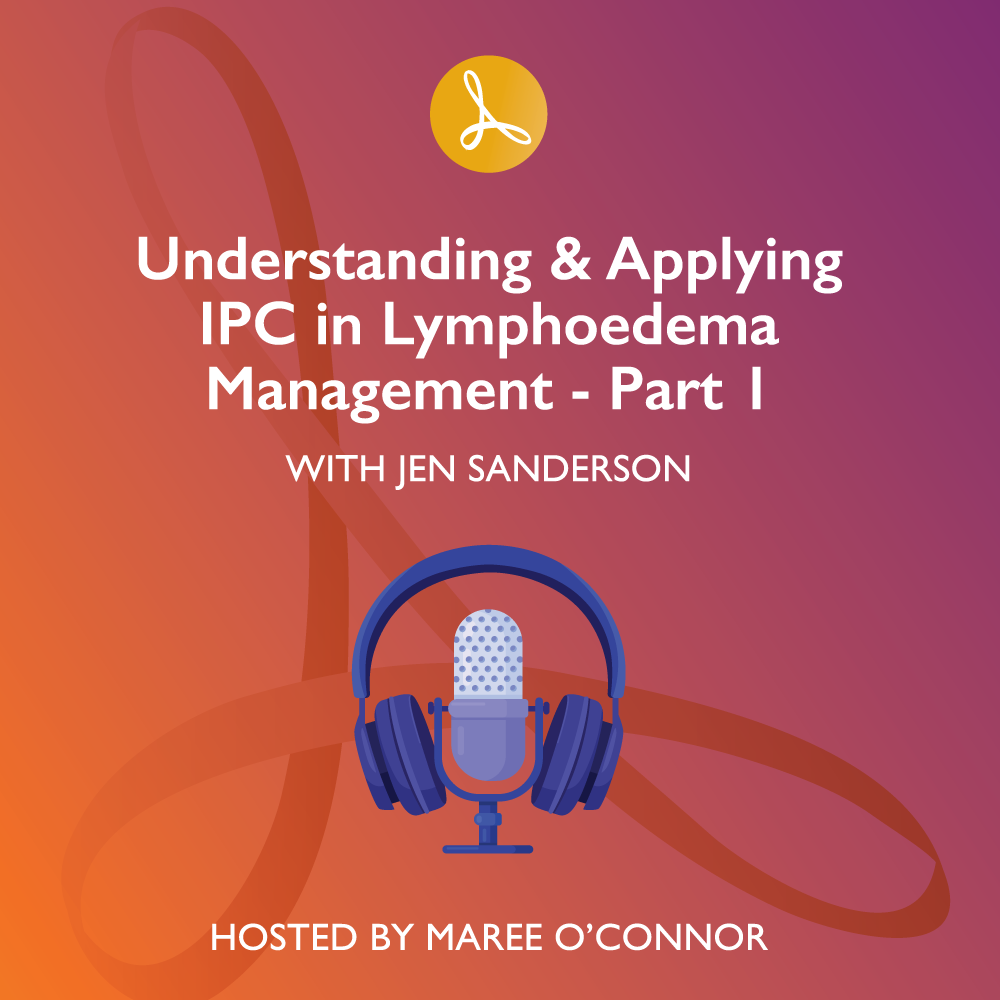Introducing the LES Podcast: Lymphoedema Insights for Health Professionals

We’re excited to share a new way LES will be supporting learning and clinical practice – through our podcast, Lymphoedema Insights for Health Professionals.
Hosted by Maree O’Connor, each episode explores current questions, emerging evidence, and practical strategies for clinicians working with people affected by lymphoedema and chronic oedema. Whether you’re new to the field or looking to deepen your understanding, the podcast offers thoughtful, clinically grounded insights to support confident, person-centred care.
Understanding and Applying IPC in Lymphoedema Management Part 1
🎧 Listen to Episode 1 – now available on Spotify and Apple Podcasts
About our guest speaker: Dr Jen Sanderson
Jen Sanderson is a Physiotherapist with special interests in lymphoedema, pain and chronic disease. Jen has completed a PhD focussed on assessment of lymphoedema tissue composition including the pitting test and is passionate about using assessment to guide effective treatment in chronic conditions. Jen is Medi-Rent’s Clinical Lead for their range of medical devices which includes a range of compression pump products.
What does the evidence really say about Intermittent Pneumatic Compression—and how do we use it well?
In this episode, Maree is joined by Dr Jen Sanderson, Physiotherapist and Clinical Lead at Medi-Rent, to explore the foundations of IPC in lymphoedema care. With a PhD focused on lymphoedema tissue composition and a strong interest in chronic disease, Jen brings deep insight into the role of assessment in guiding effective treatment. Together, they unpack the current evidence, discuss practical clinical decision-making, and explore how to tailor IPC protocols, pressure, duration, and frequency, to individual needs. If you’re looking to apply IPC with greater confidence and clarity, this episode is for you.
Key takeaways from this episode include:
-
Evidence-Based Use of IPC:
IPC supports fluid movement and compensatory drainage pathways, though evidence for its effect on fibrosis and symptoms is less conclusive.
Recent studies, including those using ICG imaging, support IPC’s role in fluid movement. -
Individualised Treatment Protocols:
IPC settings (pressure, duration, frequency) must be tailored to each patient based on clinical assessment and history.
There is no universal “recipe” – assessment is key. -
Contraindications for IPC:
Avoid use in cases of untreated infection, blood clots, pulmonary embolism, or uncontrolled cardiac, renal, or respiratory failure.
IPC use should be based on professional advice. -
Integration with Other Therapies:
IPC can work alongside manual lymphatic drainage, compression garments, and exercise.
It may reduce the need for manual drainage. -
Monitoring Effectiveness:
Use tools like palpation, volume measurement, and symptom tracking to assess impact.
Adjust settings based on comfort and outcomes. -
Use of Foam Inserts and Garments:
These can enhance tissue softening and fluid movement.
For elderly or fragile skin, add a protective layer under the sleeve. -
Patient Feedback:
Monitor for signs of discomfort, pain, or numbness and adjust settings as needed.
Subscribe now to stay updated as new episodes are released.
Sponsorship:
This episode of Lymphoedema Insights is proudly supported by Medi-Rent, suppliers of high-quality intermittent pneumatic compression devices for lymphoedema care. With a commitment to clinical education and patient outcomes, Medi-Rent partners with healthcare providers across Australia to deliver evidence-based solutions that support lymphoedema management.
You can find more information at medirent.com.au
Note: Sponsorship does not imply endorsement, and all educational content is developed independently to ensure it remains evidence-based and unbiased.





